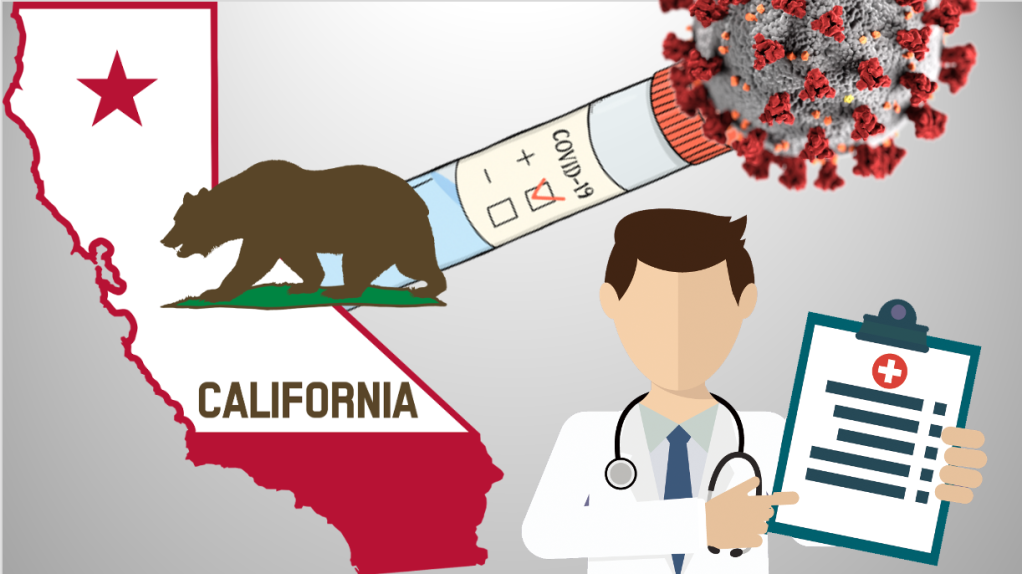Due to a new state law, California workers employed by organizations with 26 or more employees can now receive up to 10 COVID-related paid sick days on top of the paid leave they already have. This law, which follows previous supplemental COVID-related sick leave legislation at the federal and state levels, is well-intentioned and helpful.
California’s 2022 COVID-19 Supplemental Paid Sick Leave (“2022 SPSL”) law also provides a great example of why targeted, technocratic policymaking is inferior to the establishment of universal programs. I am proud to work for an organization, San José Unified School District, that is exceeding the law’s minimum requirements with a much more sensible universal additional sick leave policy.
Effective on February 19, the state’s 2022 SPSL law provides additional COVID-related sick leave in two banks:
Bank 1: 5 days are available to anyone who is unable to work for a variety of COVID-related reasons including vaccine appointments, vaccine side effects, having to care for a child whose daycare or school is closed, or the need for the individual or a family member to isolate or quarantine due to COVID exposure.
Bank 2: 5 more days are available only to people who have either tested positive for COVID or are caring for a family member who has tested positive for COVID.
The sick leave can be taken up until September 30, 2022, and people who missed time from work between January 1, 2022 and February 19 are able to submit a request to their employer to have the paid sick leave applied retroactively from either of the two banks. If an employee requests leave from Bank 2, employers can require the employee to provide documentation of positive test results. Employers can also request documentation for the use of days from Bank 1 if they have reason to believe that the “employee is not requesting 2022 COVID-19 Supplemental Paid Sick leave for a valid purpose.”
This setup is complicated for both employers and employees. Employers must track the two separate leave banks in addition to whatever other categories of leave they offer employees. Retroactive adjustments to compensation are also not the easiest to implement. When employers get a retroactive request, in addition to figuring out how to apply it in their payroll systems, they are required to add information about it onto the employee’s next itemized wage statement. Employers can choose not to require documentation for either Bank 1 or Bank 2 requests to avoid having to process extra paperwork, of course, but even if they do that, and even if you (like me) believe the benefit to employees is much more important than the cost to employers, the 2022 SPSL law creates some undeniable administrative challenges.
The new state law is also suboptimal for employees. Gathering and submitting documentation when employers do require it can be a hassle. In addition, because California’s 2021 COVID-19 Supplemental Paid Sick Leave law expired on September 30, 2021 and the retroactivity of the 2022 law only extends back to January 1, 2022, there’s a bizarre no-supplemental-sick-leave carveout only for workers who were unable to work due to a COVID-related circumstance between October 1, 2021 and December 31, 2021.
Perhaps most importantly, the rationale for the two separate banks is confusing. While they are likely in theory tied to revised public health guidance about quarantine and isolation periods, why should asymptomatic people who test positive for COVID get more sick days than people who are unable to work for the same amount of time as a result of exposure? For that matter, why should people unable to work for COVID-related reasons get an added benefit that is unavailable to people who cannot work due to the flu, cancer, or for any other legitimate health-related reason?
A universal approach, as our leadership team in San José Unified recognized, addresses all of these issues. Instead of providing two new separate sick leave banks between now and September 30, 2022 and allowing partial retroactivity back to January 1, San José Unified added ten days of regular sick leave for all employees moving forward. San José Unified will pay employees at their daily pay rate for any of the additional days that have not been used by September 30, 2022. There’s no additional paperwork, no additional tracking or leave categories, no need to worry about retroactive adjustments, and no arbitrary lines drawn about who deserves sick days and who doesn’t – there’s just a straightforward, more generous benefit for San José Unified employees that San José Unified management can easily implement.
Many employers – particularly those in the private sector – unfortunately oppose worker benefits in general. They may not factor fairness or the needs of their employees into their decision-making when implementing the 2022 SPSL law. While there’s still a good rationale for employers to factor in the efficiency savings of a universal approach, many may not judge those efficiency savings to be worth the greater cost of providing a larger benefit to more people.
Public entities, however, should avoid counterproductive penny pinching and design policy to provide more consistent benefits, enhance administrative efficiency, and reduce confusion. We do it in San José Unified and other, larger governmental entities can do it, too.

Leave a comment